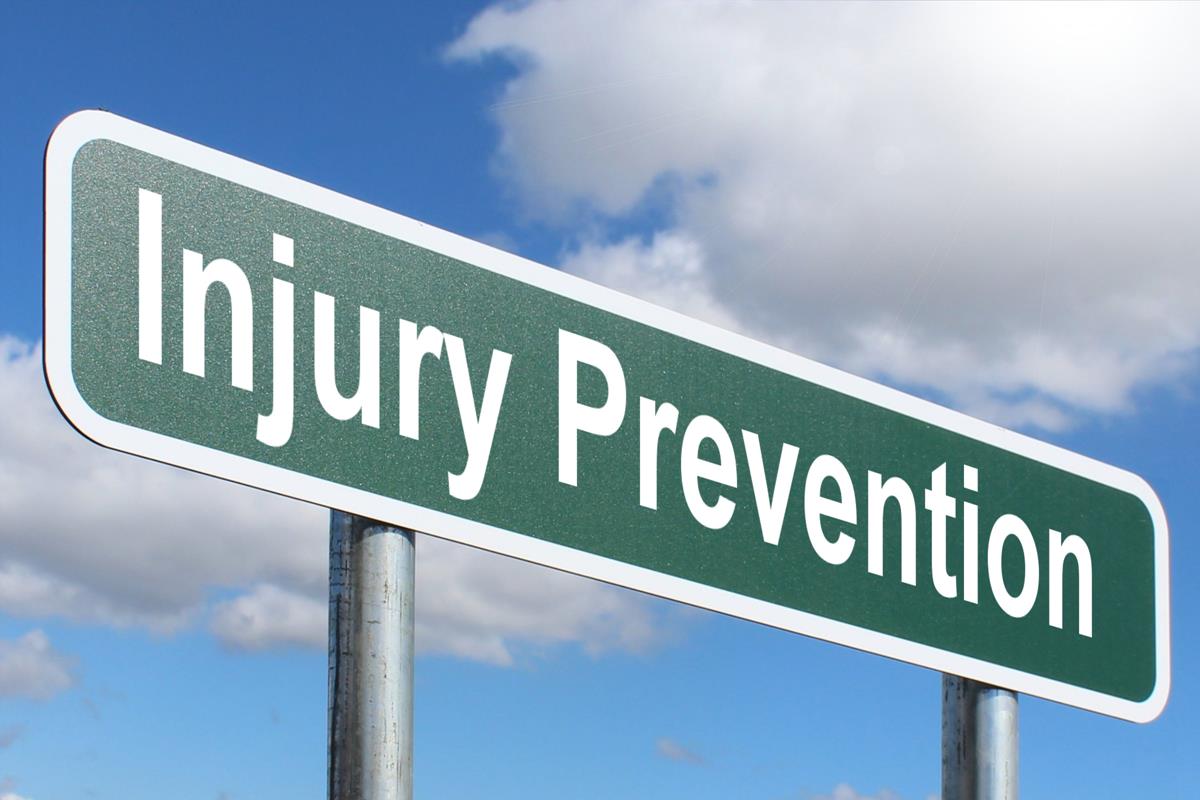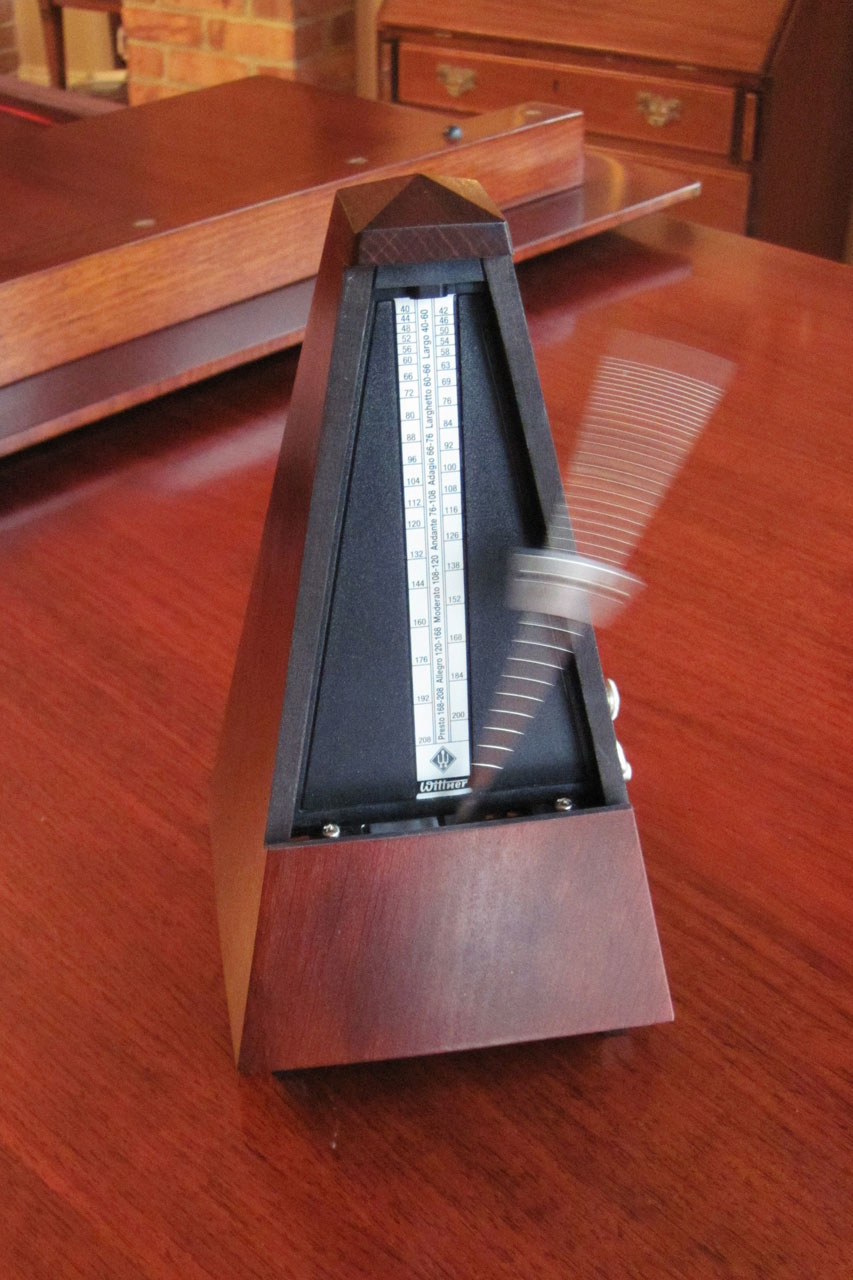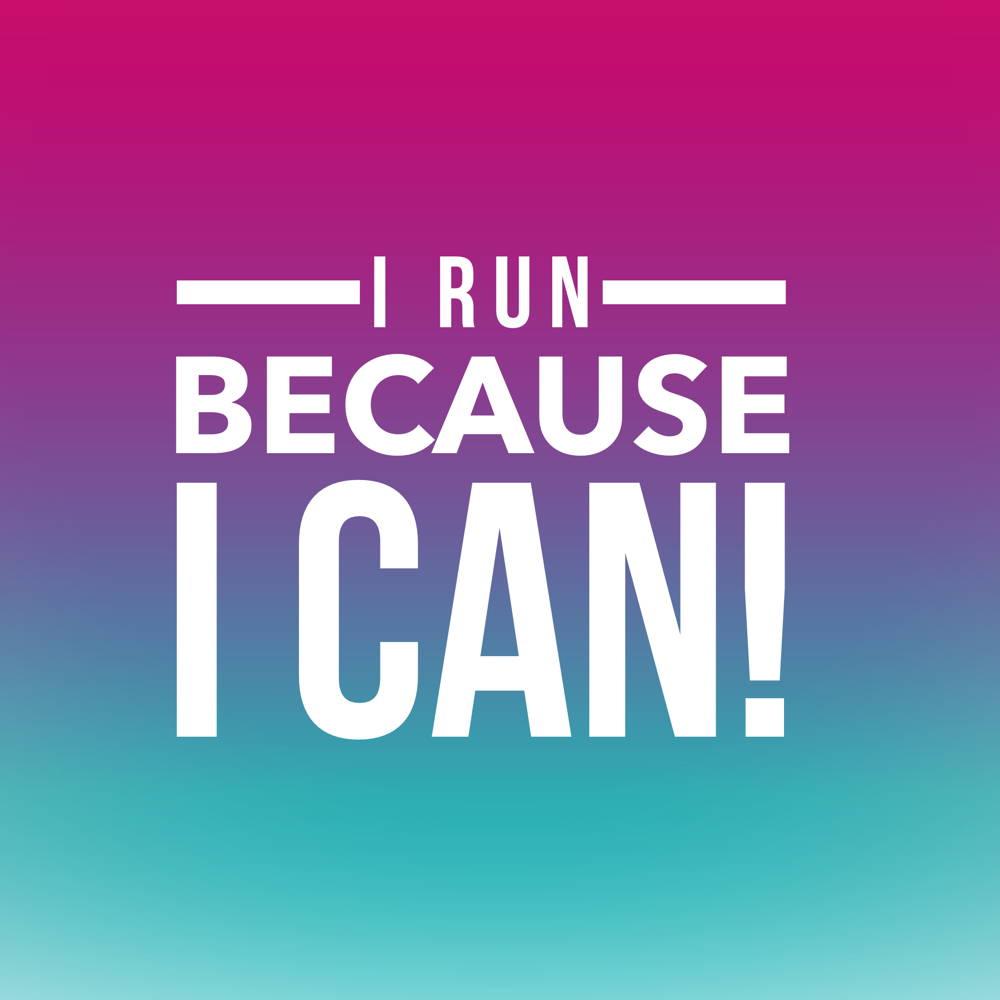What Is Running Cadence?
One of the best things about running is that anyone can do it – no expensive equipment necessary. If you look down and see legs, congratulations! You have everything it takes to take up running.
Of course, there’s plenty you can do to become a better runner. Investing in quality footwear—whether you prefer traditional cushions or the natural alignment provided by Zero drop shoes —downloading apps for runners to help track your progress to track your progress, and wearing stylish running sunglasses to protect your eyes can all enhance your running experience.
Additionally, there are many free ways to improve your performance, such as breathing exercises and proper stretching. One especially popular metric among experienced runners is your “running cadence.”
Here’s everything you need to know to take your running to the next level.
What Is a Running Cadence?
Running cadence is just a fancy term that refers to how many steps per minute (SPM) you take while you’re running. You may also hear it referred to as your stride rate.
If you’re taking two steps a second, your running cadence would be 120. Some people only count the cadence for one of their feet. In that case, your running cadence would be 60. For this article, you can assume I’m always referring to both feet when referencing SPM.
The concept of running cadence is generally credited to legendary running coach Jack Daniels, who observed that the best distance runners during the 1984 Olympics took at least 180 SPM. Many reached as many as 200 SPM.
Here’s how he explained running cadence in his book, Running Formula:
“One of the first things I teach new runners is some basics about running cadence, or stride rate. Almost all elite distance runners (both men and women) tend to stride at about the same rate: 180 or more steps per minute…The main change that occurs as runners go faster is stride length; the faster they go, the longer the stride becomes, with little change in rate of leg turnover.”
Simple enough, right?
Why Does Running Cadence Matter?
So, why does any of this really matter? Why do so many runners care about it so much?
Well, as we’ll explore in just a moment, the validity of this running metric has actually come into question in recent years, even though it remains popular among those looking to improve their form and times.
For now, let’s look at why this is.
Why do so many runners still treat their cadence as an important priority?
1. Because Everyone Wants to Run Faster
The simplest reason is just that, generallyspeaking, the greater your running cadence, the faster you’re running. Even the least competitive among us tend to check our watches when our run is finally done to see how we did. It’s only natural to compete against your best time.

Alright, maybe not everybody
If this sounds familiar, one of the easiest ways to improve your time is toimprove your cadence.
This might seem obvious. If you take more steps per second, you’ll usually cover more ground in less time (I’ll explain why this isn’t always the case in just a moment).
But this isn’t the only benefit of increasing your cadence and, thus, limiting your foot's contact time with the ground.
2. Reducing Your Stride and Risk of Injury

Population: You
Another is that it’s a fantastic way to avoid injuries.
Maybe you’re not looking to break any records.
Maybe you’re just a casual runner.
You might take on the occasional 5k or even half-marathon, but you’re not overly concerned with how fast you are.
In that case, paying attention to your running cadence will still pay dividends as it can help you avoid injuries. Here’s how Active.com describes how paying attention to your cadence can keep you safe:
“A number of studies have suggested that a faster running cadence helps to adjust a runner's form, and in turn, may lead to fewer injuries.
In a recent study, published in Medicine & Science in Sports & Exercise, the biomechanics of step rate were analyzed. Researchers monitored three-dimensional kinematics and kinetics in 45 healthy, recreational runners and paid special attention to the hip, knee and ankle joints. They found that slight increases in stride cadence led to significant reductions in loading on the knee and hip joints, which, they hypothesize, might help prevent some of the most prevalent running injuries.”
As I touched on just a moment ago, improving your cadence can improve your overall speed, but that’s not always the case. Many runners speed up their cadence but actually reduce their stride’s length. They do this because, by keeping their strides shorter, they are more likely to land on the front or middle of their feet instead of stretching their legs in front of them and landing on their heels, which can result in injuries.
Here’s a conclusion from one of the many studies that have examined the effect of running cadence on injury prevention:
“Results suggest that strain magnitude plays a more important role in stress fracture development than the total number of loading cycles. Runners wishing to decrease their probability for tibial stress fracture may benefit from a 10% reduction in stride length.”
If you’re currently pounding your heels with every step, there are a number of exercises you can try to fix this, but one of the easiest tactics is just increasing the number of steps you take per minute. Just land your feet closer to your center-of-gravity and landing heel-first will be almost impossible.
Reducing that aforementioned contact time by increasing your cadence is also better for your joints. As another study concluded:
“…subtle increases in step rate can substantially reduce the loading to the hip and knee joints during running and may prove beneficial in the prevention and treatment of common running-related injuries.”
So, increasing your cadence may help you run faster, but it will almost always help you run safer.
That’s not all, either.
3. Varying Your Cadence
Many runners also track their cadence, so they can intentionally vary it, sometimes pushing themselves to go faster and, other times, disciplining themselves to go slower. Just like other forms of exercise, this kind of variation can help improve overall performance.
It’s also helpful if you plan on running long distances when you absolutely must be able to slow down or speed up at will.
4. Maintaining Proper Technique During Your Entire Run
Finally, tracking your running cadence will help you maintain running proper technique.
Again, this is especially important when you push yourself to run longer distances or finish your normal distances faster. You may not notice, but your body might respond to these new demands by cutting corners where technique is concerned. As we just covered, that’s when injuries can occur.
Holding yourself to a consistent cadence will make it easier to take on new challenges without taking on greater risks of getting hurt in the process.
If nothing else, if you notice your cadence breaking down as you push yourself, you’ll know where there’s room for improvement.
Rethinking the Ideal Running Cadence

“…a what?”
Alright, now that you completely understand what running cadence is and why it’s so important, let’s call the entire concept into question 😊
In recent years, many runners have begun wondering just how much their cadence really matters. One study by the University of Michigan that looked at the science behind running cadence concluded that:
“Contrary to long-standing popular belief, running at a prescribed, one-size-fits-all ‘optimal’ cadence doesn’t play as big a role in speed and efficiency as once thought.”
Researchers from the University of Michigan came to that conclusion after studying the top 20 finishers – both male and female – of the 2016 100K world championships. Their smartwatches gave researchers objective data about their cadences, but they were also surveyed for their:
- Age
- Weight
- Height
- Training Regimen and Experience
- Racing Experience
- Speed at Which They Ran
When all the information was compiled, the researchers discovered that running cadences hardly clustered around 180 SPM as much as adherents to Daniels’s theory might expect.
Instead, SPMs varied from a runner who averaged just 155 and never went over 160 to a runner who maintained an average of 203.
Remember, these were the top finishers of a race that lasted for 100 kilometers.
Furthermore, these two runners finished within just a couple minutes of each other despite one taking, on average, almost 50 more steps a minute than the other. For a race that took both of them almost seven hours to finish, a couple minutes isn’t much difference at all.
Interestingly, the average for the top finishers was 182 SPM, just slightly above Daniels’s recommendation.
Still, this probably has more to do with the two factors the study found had the biggest impact on the SPM of a runner: height and speed. Taller runners naturally take longer strides, which takes them longer to do and, therefore, results in smaller SPMs. Running faster usually requires more steps, which increases SPM.
So, it might be that 182 SPM coincides with runners of the most advantageous height who are then able to maintain a greater speed.
Where does that leave you?
Does Running Cadence Not Matter?
After the Michigan study, more and more people seem to be running from the sacred SPM of 180.
However, I don’t think that means we should give up on running cadence altogether.
Is 180 SPMs ideal if you want to be an elite runner who regularly wins races?
Maybe.
Is that a goal for most of us?
Probably not.
Instead, I recommend you find out what your current SPM is and then use that as a benchmark for improving your times. Don’t forget, too, that increasing your SPM can also be good for your joints and make for a more comfortable run. So, even if you never plan on running so much as a 5k, tracking your SPM is still advantageous.
As the famous Japanese author and accomplished marathoner,Haruki Murakami put it:
“The point is whether or not I improved over yesterday. In long–distance running, the only opponent you have to beat is yourself, the way you used to be.”
Just focus on getting better, whatever that may mean.
Your running cadence could be above or below 180 right now. I wouldn’t worry about that. Find out what it is and then use that number to track your success – whether that’s how fast you’re able to run, how long you’re able to run, or some combination of the two.
Finding Your Ideal Running Cadence
“180? No problem.”
Finally, let’s take that last section one step further and quickly talk about your personal running cadence, so you understand how to use this metric to improve yourself as a runner.
How to Determine Your Current Running Cadence
This one couldn’t be simpler.
Go for a run.
Set the timer on your phone for a minute.
Count your steps.
Ta-da!
Of course, the longer you set your timer for, the more accurate your measurement will be. If you don’t mind counting your steps for 5 or even 10 minutes, your SPM will better reflect what you tend to run at – not just when you’re completely fresh.
You can also do the inverse if that’s easier: use the stopwatch feature on your phone and see how long it takes you to reach 50 steps. If it takes you, say, 20 seconds, then you’d multiply 50 by 3 to get your SPM of 150.
This is an easy way to check in on your pace throughout a run, too. By using your stopwatch to take occasional measurements, you’ll know if/when you start breaking down and can push yourself to maintain your pace.
If you’re looking for an even easier way to measure your personal SPM, try acadence-tracking app like RUNZI. By monitoring your biometrics, it will automatically come up with your SPM, stride length, stride impact, and more. There’s no need for manual input on your end.
What Is a Good Running Cadence in SPM?
Obviously, there’s no objective number that is a good running cadence in SPM. Everyone is different, so I would say that the best running cadence is one that lets you enjoy running without injury.
Depending on your experience level, you may have a long ways to go before you reach your ideal cadence. For those of you who have been running for a long time, you may already be very close to that number.
Whatever the case, my point is that you shouldn’t treat 180 SPM as if it’s an objective goal you must hit as a runner. You should focus on pushing yourself to a higher number than what you’re currently at. Most experts agree that a healthy goal SPM is 5% to 10% better than your current rate.
How to Increase Your Running Cadence
Lastly, I want to go over some options for increasing your running cadence.
First, you can simply try to push yourself to take more steps in a minute. If you know your SPM is 150 and you’re shooting for a 10% increase – 165 – turn your stopwatch on for a minute and try to consciously take more steps. Remember, you’re not necessarily running faster. You’re just trying to fit more steps into a minute. Then, check in with yourself during your runs to see if you’re maintaining that pace.
Second, you can use RUNZI to keep yourself on pace. The Wahoo Fitness App is another popular option that will give you real-time feedback on your SPM.
Third, music is actually a very powerful way to increase your steps-per-minute. Many different studies on music and running cadence have led to the same conclusion:
“Imperceptible shifts in musical tempi in proportion to the runner’s self-paced running tempo significantly influenced running cadence (p < .001).”
One old-school approach that incorporates these findings is to use a metronome. Set it to the steps-per-minute you want to hit and then step accordingly.

This definitely won’t get REALLY annoying after a while
Apps for Improving Your Running Cadence
Running apps like Run Tempo are probably a much better option, though. Just set the beats-per-minute to whatever you want your SPM to be and get running. Best of all, it can run at the same time as your music, so you’re not forced to endure the monotony of a metronome for your entire run.
There are even some great running apps that will adjust the tempo of your favorite songs based on the SPM you want to hit. You won’t hear any “ticks” from a metronome, just your favorite songs sped up to match your goal SPM.
These apps get my personal recommendation. They not only make it easy to maintain your ideal SPM, because you’re listening to the beats throughout your run, you’ll know exactly when you start having a hard time maintaining your steps. This will make it easier to adjust your training or may even show you that a more modest SPM is a better goal in the short-term.
Update: Artificial Intelligence Weighs In!
I was recently scrolling through Jack Daniels's Facebook page and saw an article he shared from Outsider magazine that explored what Artificial Intelligence can tell us about running form.

The whole piece is definitely worth reading and is based on a new study done earlier this year that looked at "...whether injured runners exhibit similar kinematic gait patterns."
Similar to Daniels's famous study, this one looked at whether or not sophisticated AI could "look at" someone's gait and tell whether or not they were injured.
Surely, it would be obvious.
Right?
Wrong.
Here's the study's conclusion as explained by Outsiders writer, Alex Hutchinson:

In short, running cadence seems very specific to the person. As Hutchinson points out in his article, world-class runners like Paula Radcliffe and Alberto Salazar were famous for their awkward forms, but their results certainly didn't suffer.
Again, the entire article is worth reading and is really more about injury prevention than anything, but I think it also shows how individualistic form is and, therefore, running cadence.
How to Think About Running Cadence
If youjncs love running as much as I do, all this talk about the topic has given you the undeniable urge to get outside – or at least on a treadmill – and start making tracks.
So, I’ll wrap this up quickly.
Running cadence does matter, even if you’re your only competition. It’s a great way to get more from your runs and keep yourself from getting sidelined because of an avoidable injury.
Just be sure you’re aiming for a reasonable SPM and being equally sensible about trying to reach it.
Happy running!



1 comment
Lovely. thank you so much I’m learning alot from this article definitely fallow the advice, and techniques in running.😊